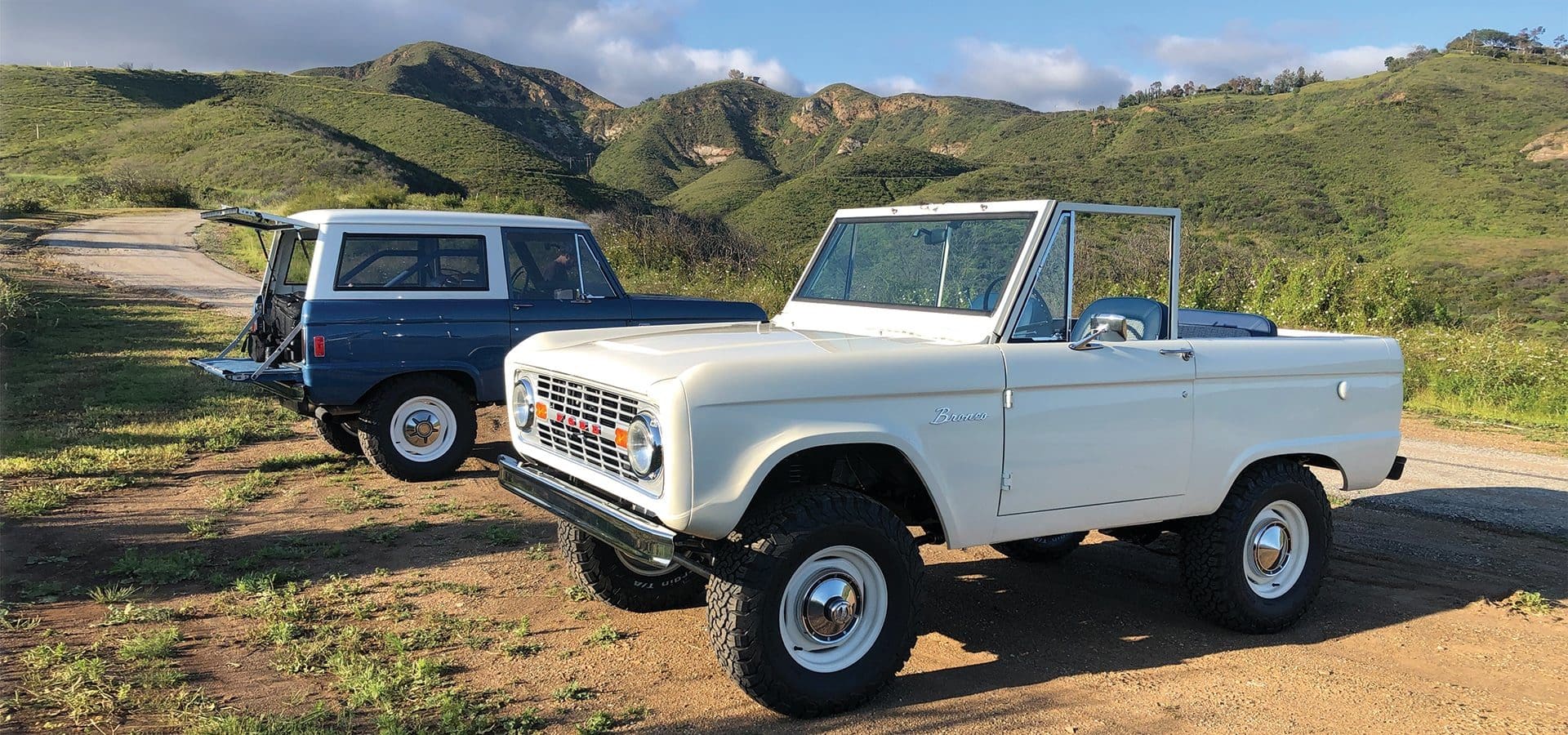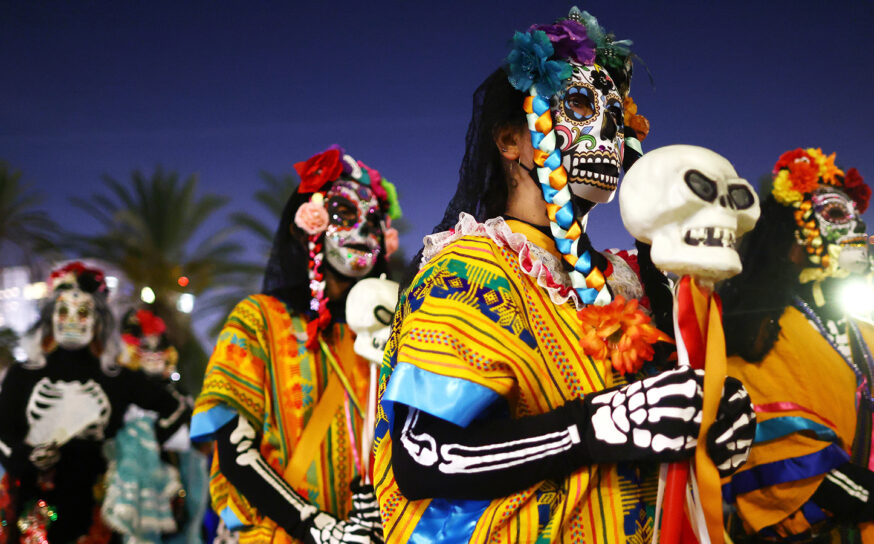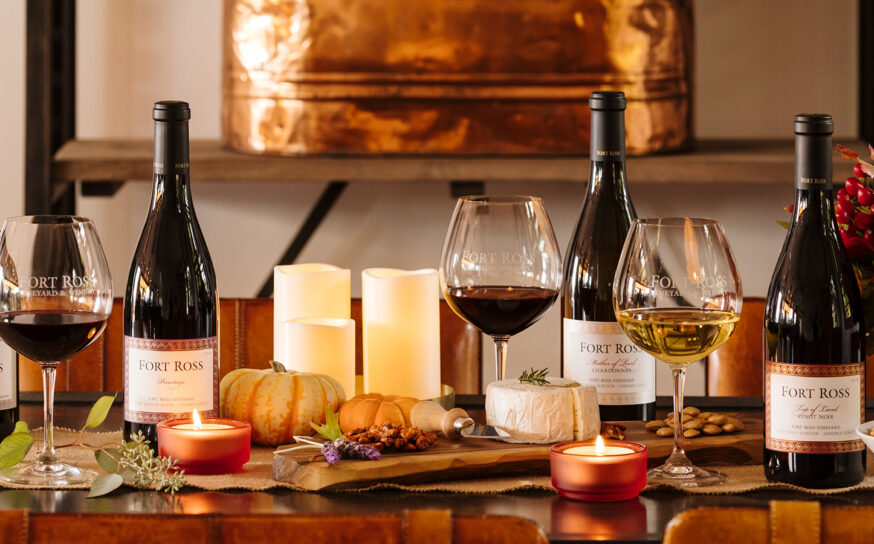Lisa Cady and August Paro of Agaso Outdoor Are Rewriting the Manual on Classic Bronco Restoration
In the driver’s seat.
-
CategoryAdrenaline, Experiences, Makers + Entrepreneurs, Outdoor Adventure
-
Written byRich Thomas
-
Photographed byChris Kinman & Marcos Zavitsanos
From the high desert dunes of Joshua Tree to the ponderosa pines of Big Sur, few vehicles can own California’s myriad backdrops like a Ford Bronco. Born in 1965 and raised to compete directly with the primitive yet highly popular Jeep CJ-5, the Bronco’s low price point and utilitarian appeal elevated its popularity. But crude construction mortgaged its long-term durability. The first-generation Bronco—from 1966 to 1977—is no doubt canonized in the sacred hall of 4x4s, but they were simply not made to function half a century later.
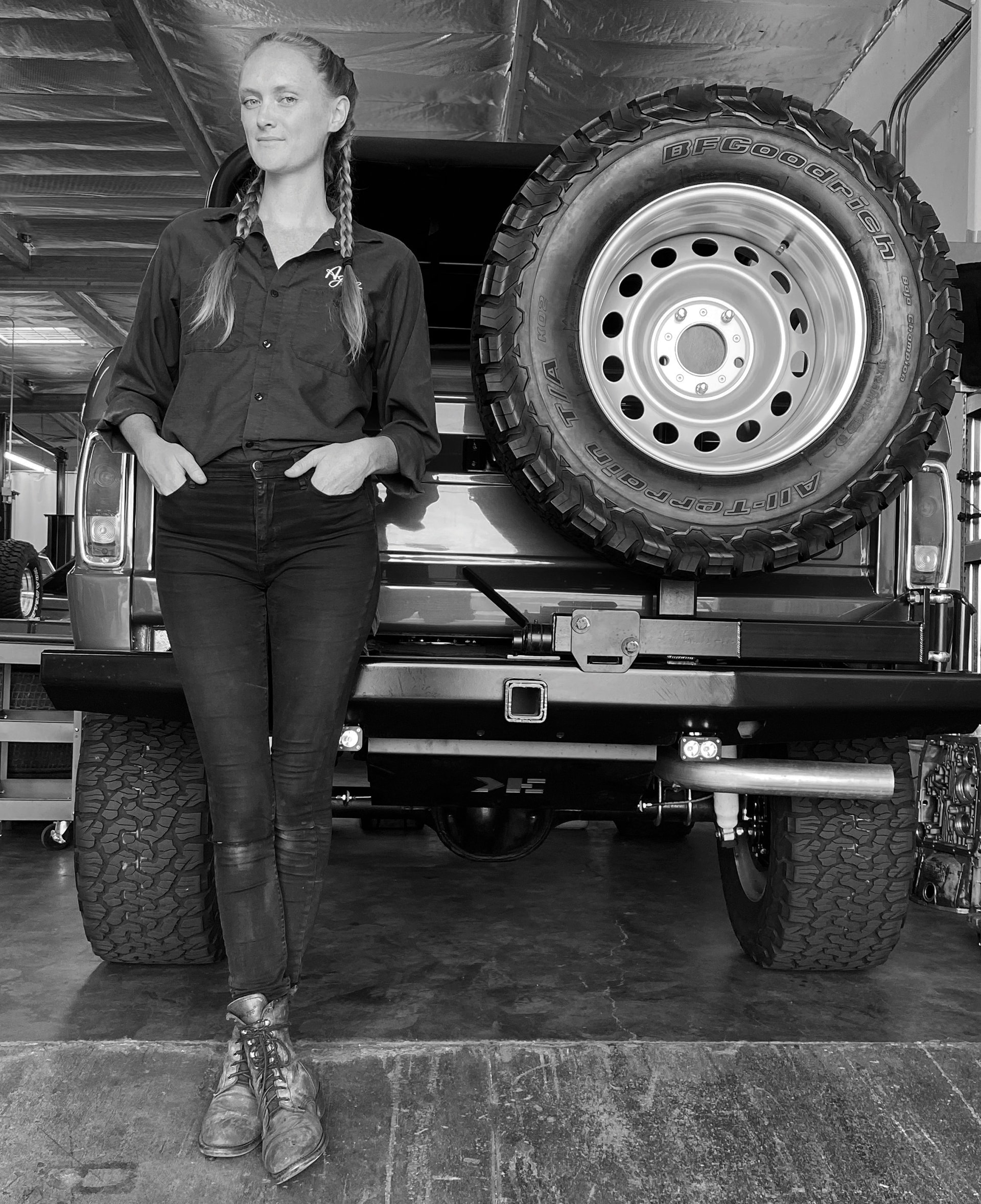
“All of the stuff that’s on the Bronco was intended to go 10 years before it wound up in a landfill. It just had to ride better and have more appeal than a Jeep,” says August Paro, cofounder of Agaso Outdoor. “Today if you handed it off to someone, it would be a disappointment.”
Not surprising, when you consider that twice the number of Honda Accords were sold in 1990 as there were Broncos manufactured during their first 12 years of existence. The task of refurbishing a Bronco is wildly more complex than slapping on a bunch of aftermarket parts and swapping out tires … unless that’s where you’ve set your bar, or you just want your show pony penned up in a garage and available for the occasional Sunday drive around the neighborhood.
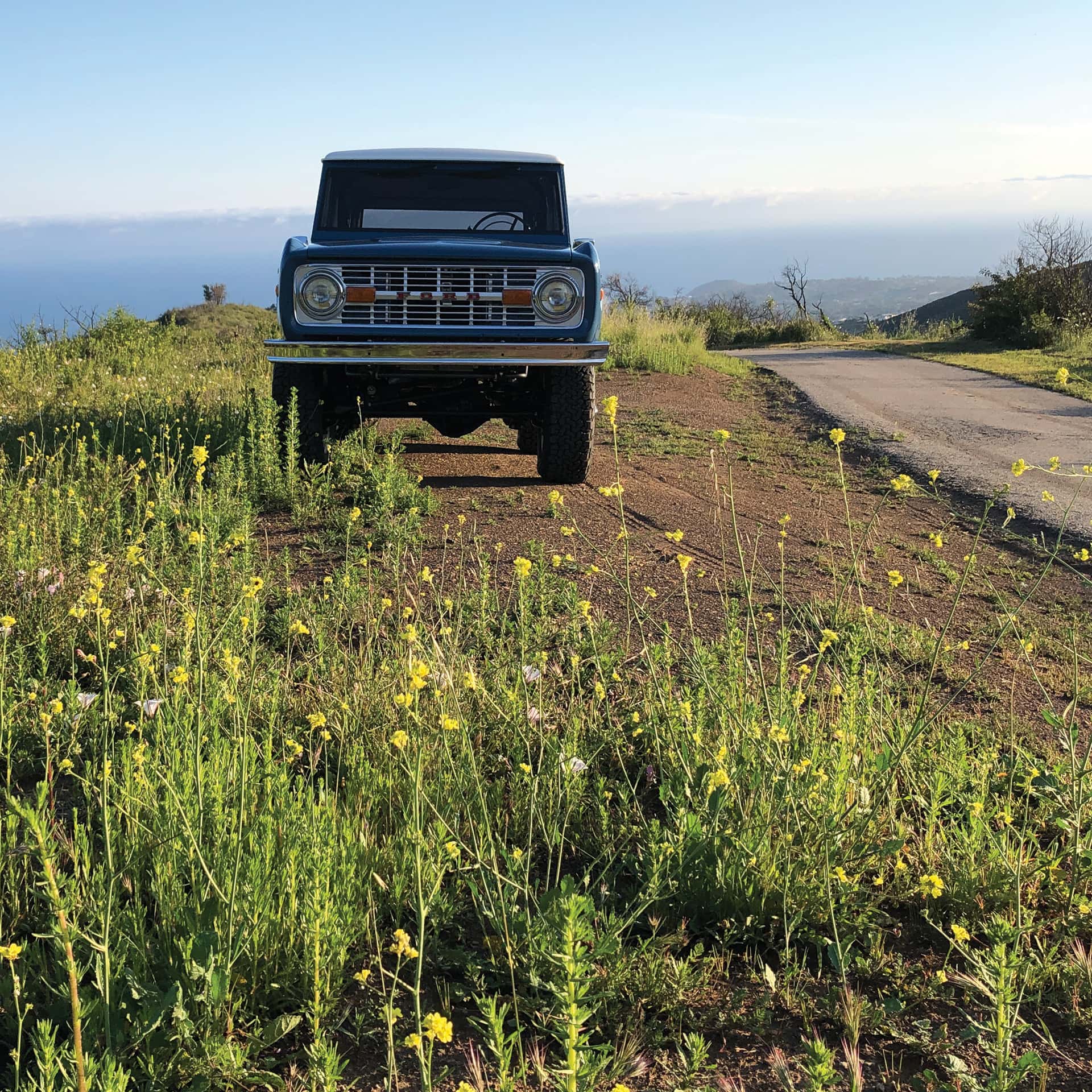
For August and Agaso Outdoor cofounder Lisa Cady, restoration is an art form not for the faint of heart. Every vehicle that passes through their workshop drinks from the automotive fountain of youth. Every Bronco built from the ground up—from tub to taillight—is meticulously assembled by a small team that’s spent years fitting, engineering, cutting, grinding and moving around disparate parts to craft something as durable and mechanically immaculate as it is picturesque.
“Understanding history gives me a sense of belonging … I’ve always wanted to learn from those who came before so I can improve and expand.”
The two business partners were introduced through a mutual friend in California. Lisa was restoring old 4x4s, and August, recently relocated from Maryland, needed a place to store his tools and park his Bronco. Less than three months after their first coffee shop meeting, they signed a one-year lease on a space just east of Westchester. August calls the relationship a fait accompli, and the formation of the company punctuated Lisa’s career path.
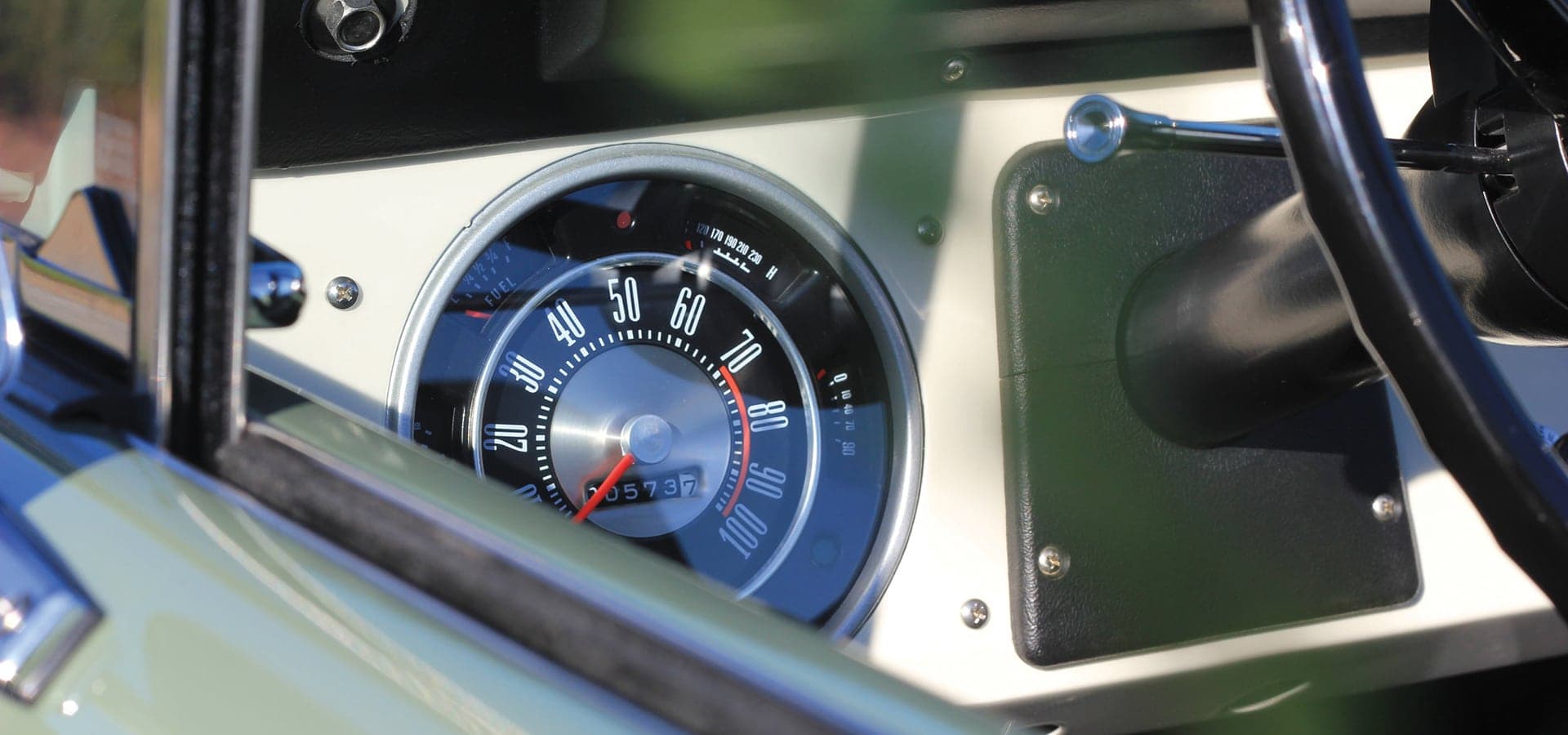
Lisa was born in Hawaii, raised in Michigan and received a degree in interior design from Parsons School of Design. In addition to her tenure with various high-end architectural design firms in New York and Los Angeles, she spent time restoring casement and double-hung windows in prewar residencies, along with other odds and ends that piqued her interest in historic preservation.
Though her automotive pursuits are relatively new, ambition and ingenuity are in her blood. Her grandfather was an engineer who single-handedly constructed their family cabin in Northern California with self-sustaining utilities, and her grandmother learned how to fly a plane at age 16—the youngest ever to do so in the state of Michigan. In the spring of 2016, she oversaw the restoration of her first vehicle—a 1969 Ford Bronco—but without her own facility, she had to subcontract most of the work. After the first truck sold, she bought two more and left her job at an L.A. design firm to pursue the endeavor full time.
“I didn’t have an automotive background,” she says, “but a lot of what I’ve learned translates to what I’ve done here for the past few years, especially when it comes to project management and operations.”
August’s provenance as a technician is best illustrated in the story behind the first car he ever purchased: a 1967 Pontiac Firebird with a milk crate for a seat, which he drove home without a license. It wasn’t long before he disassembled the entire car on the floor of his family’s garage.
“My mother said, ‘I don’t care what happens. It doesn’t matter what you do with the rest of your life. You are putting that car back together, and it will leave here under its own power or on a tow truck, but it’s leaving here in one piece,’” he remembers. “That was it. I was hooked.”

There are a few key details about the Agaso shop that speak to its owners’ DNA. First, there is the comprehensive parts depot on the second floor that Lisa has painstakingly cataloged, physically and digitally, so that every possible component is a stone’s throw away and no job need stall over a missing part. Resting on its side atop a dolly is Lisa’s great-grandmother’s baby grand piano, which has been in her family for more than 100 years and which she hopes to restore one day.
The drill press belonged to Lisa’s grandfather, the lathe is a postwar Clausing and many of the other tools—from the metal shear to the press brake—are vintage pieces. The workshop is an homage to classic craftsmanship, but it runs on an ultra-premium mixture of efficiency and client transparency.
“Understanding history gives me a sense of belonging,” says Lisa. “I’ve always wanted to learn from those who came before so I can improve and expand. There’s a quality in materials and craft that you just don’t see today, a longevity that allows us to bring these things back—from houses to windows to pianos to trucks.”
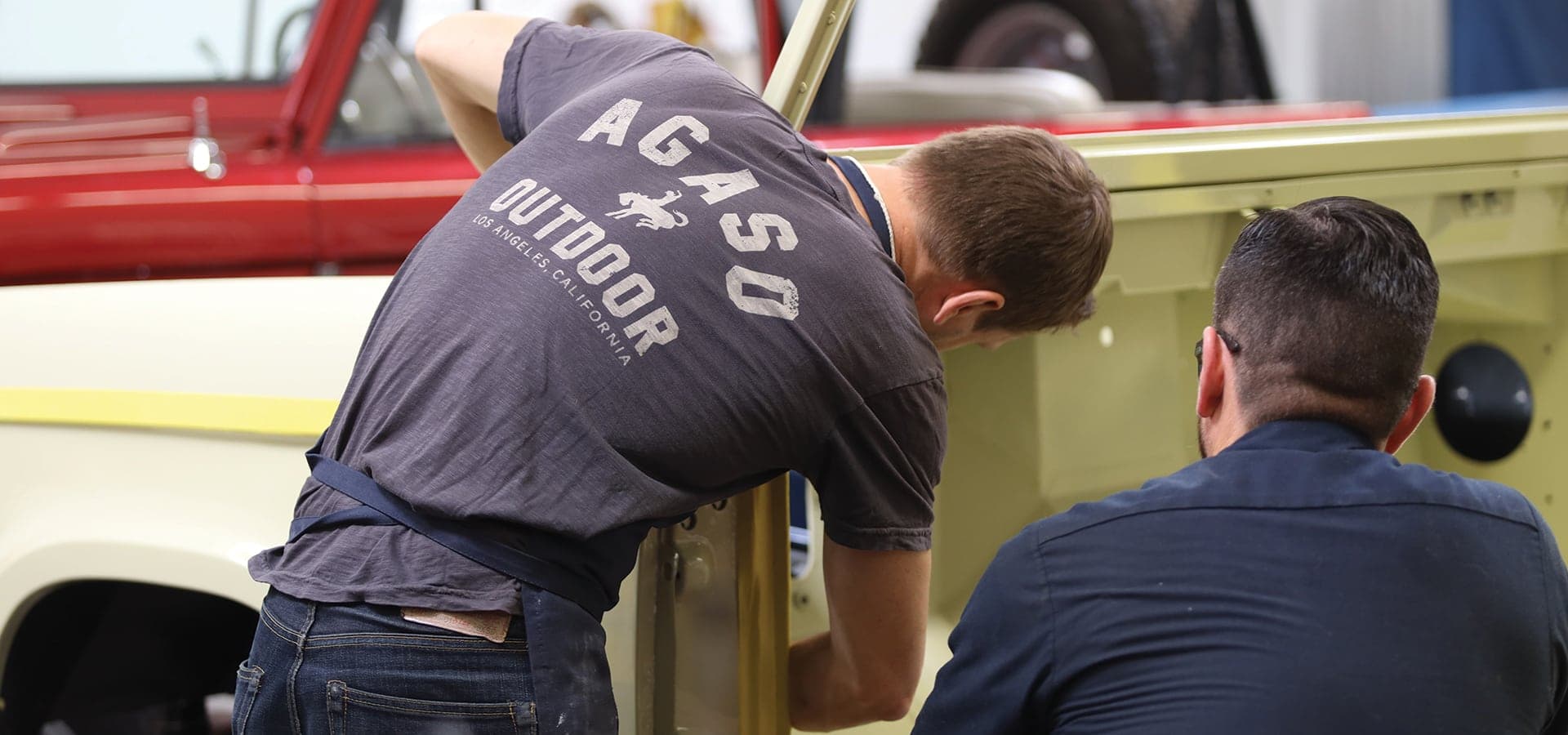
There are a few key details about the Agaso shop that speak to its owners’ DNA. First, there is the comprehensive parts depot on the second floor that Lisa has painstakingly cataloged, physically and digitally, so that every possible component is a stone’s throw away and no job need stall over a missing part. Resting on its side atop a dolly is Lisa’s great-grandmother’s baby grand piano, which has been in her family for more than 100 years and which she hopes to restore one day.
The drill press belonged to Lisa’s grandfather, the lathe is a postwar Clausing and many of the other tools—from the metal shear to the press brake—are vintage pieces. The workshop is an homage to classic craftsmanship, but it runs on an ultra-premium mixture of efficiency and client transparency.
“Understanding history gives me a sense of belonging,” says Lisa. “I’ve always wanted to learn from those who came before so I can improve and expand. There’s a quality in materials and craft that you just don’t see today, a longevity that allows us to bring these things back—from houses to windows to pianos to trucks.”
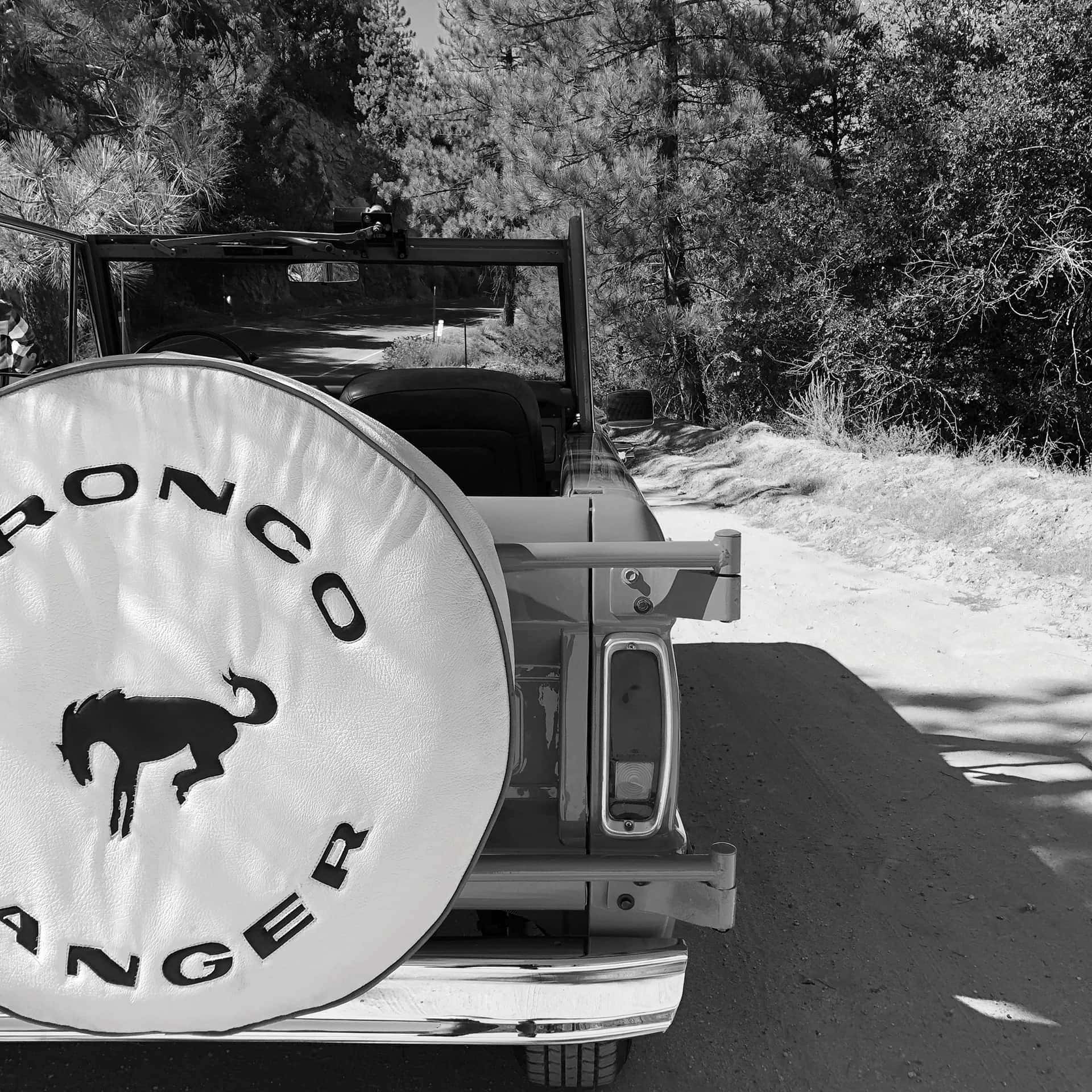
6 Festivals Coming to California This November
Food, wine and early holiday cheer.
6 Family-Owned California Wines We Are Thankful For
Shop local for your holiday feast!
Get the Latest Stories




